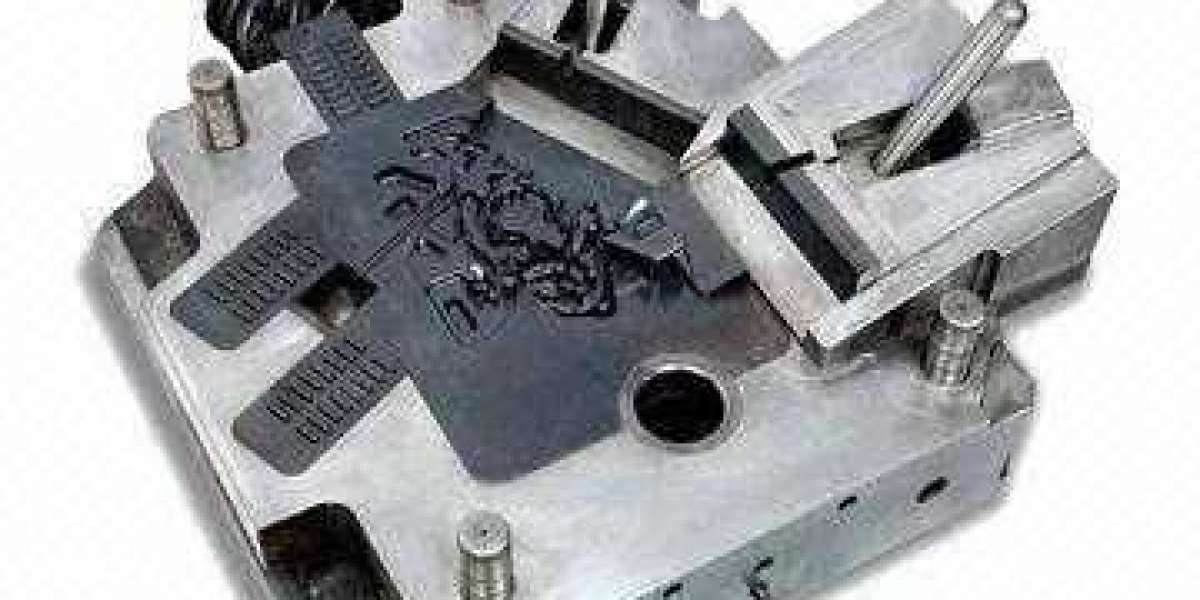Die casting services can be a difficult process to master. That is why our experts at Pace Industries are available to assist you at every stage of the process. Pace is constantly striving to provide customers with novel solutions, as evidenced by the extensive product design assistance we provide.
During the design process of our customers' castings, we collaborate with them to incorporate features that will maintain functionality while optimizing features that will make the casting easier to manufacture. This allows our customers to receive a casting from Pace that is designed to reduce their costs while also allowing Pace to reduce our production costs.
Customers frequently know exactly what they want in terms of functionality, and we know how to create a casting that will meet those requirements. Here are our top five tips to help you better understand our design process and the reasoning behind the design guidance we provide. 1. Know what you want.
TIP #1: Make sure that the wall thickness of the casting is consistent throughout. Try to keep the variations in wall thickness to a minimum, even if this is not always possible.)
• This improves metal flow and filling of the casting, resulting in higher quality castings. It also helps to reduce dimensional variation caused by variations in cooling rates between the casting walls.
TIP #2: On the casting, the corner radii (outside corners) and fillet radii (inside corners) should be as large as possible.
• This improves the filling of the casting, resulting in higher quality castings, and increases die life by slowing the degradation of the die steel in sharp corners.
TIP #3: When designing the casting, consider the draft (tapered walls). The inside walls of the casting should have more taper (draft) than the outside walls of the casting.
• In order to remove the casting from the die, a draft must be used.(This is the same reasoning that was used in the design of muffin tins, which have tapered walls to make it easier to remove the muffins from the tins). Due to the fact that the casting alloy shrinks as it solidifies, there is more draft on the inside walls. Castings are becoming smaller and more tightly fitted to the inside of the casting as time goes on. The increased draft then makes it possible to remove the casting from the die with less effort.
• Because the die has moving components, dimensions that are based on features in more than one component will have more variation than dimensions that are based on features in a single die component.
The tolerances required for greater variation in dimensions will be larger, which may not be acceptable for the function of the casting. When this occurs, additional operations on the casting are required in order to maintain tolerances, resulting in increased costs to the customer.(This is something we try to avoid at all costs!)
TIP #5: If at all possible, avoid undercuts. • Undercut geometry cannot be cast in a standard die cast die.
In order to cast this piece of the casting geometry, it is necessary to include a moving die member known as a "slide."The additional "slide" increases the cost of the die that is being cast. The geometry of the undercut also has an impact on the amount of time required to complete the casting, which increases the cost to the end customer.
We at Pace are here to assist you in a hands-on manner. We can assist you in comprehending the design process and determining what will ultimately be the best fit for your casting requirements. We also provide casting design seminars at customer locations, where we meet with product design engineers in an informal, educational setting to provide a better understanding of what designs work well for aluminum die casting parts.
Our top priority is to provide our customers with high-quality products at competitive prices at all times, no matter what. We can assist our customers in developing casting designs that meet their functional and castability requirements by collaborating with them.








